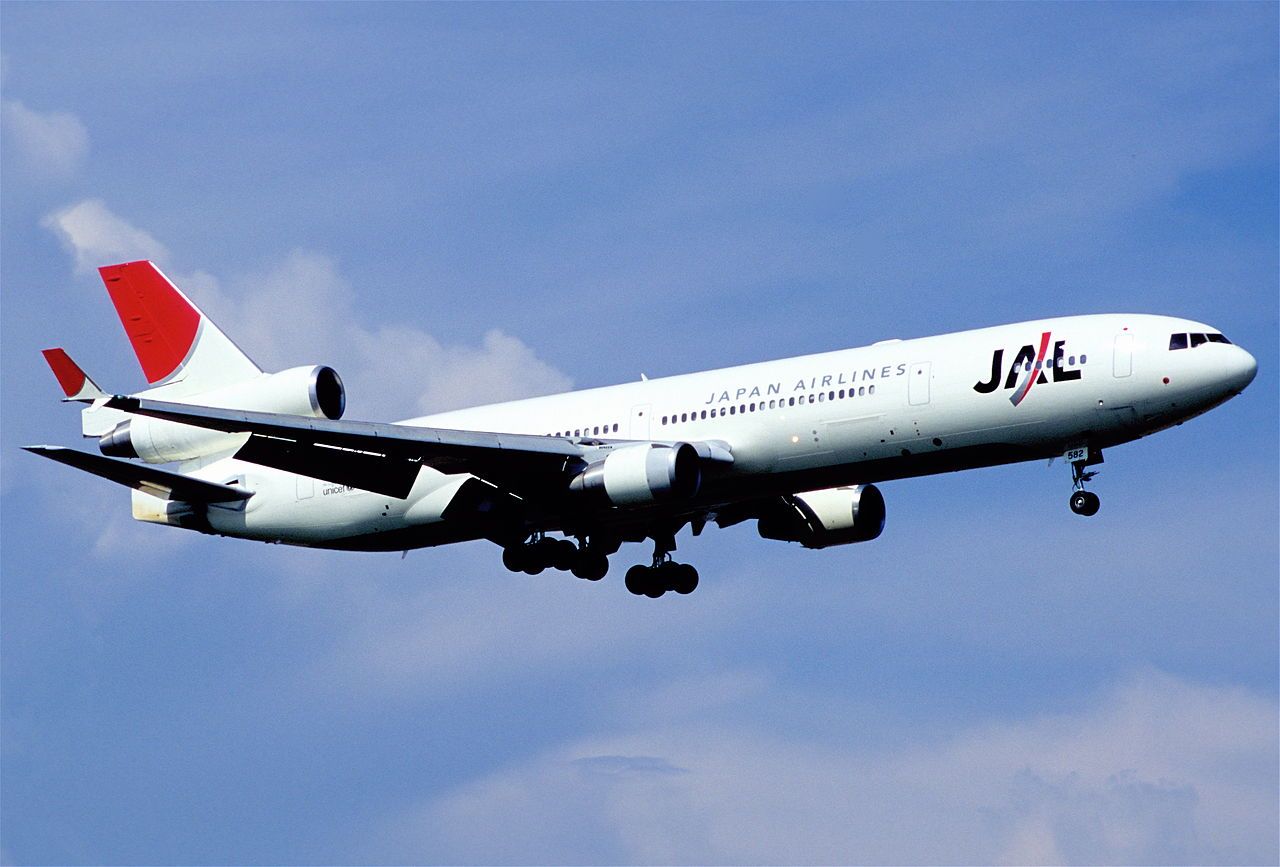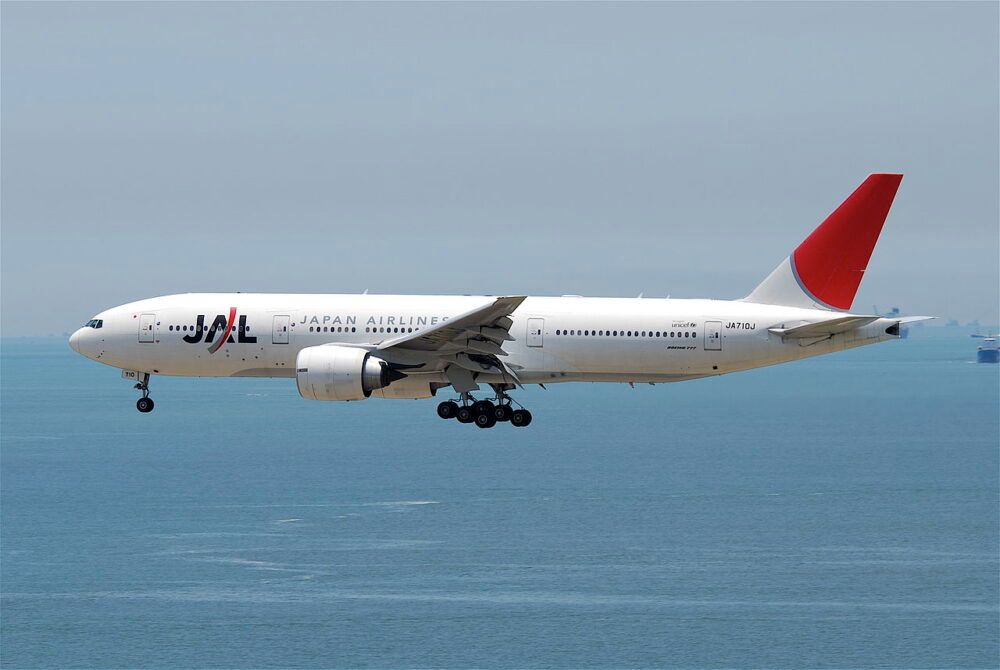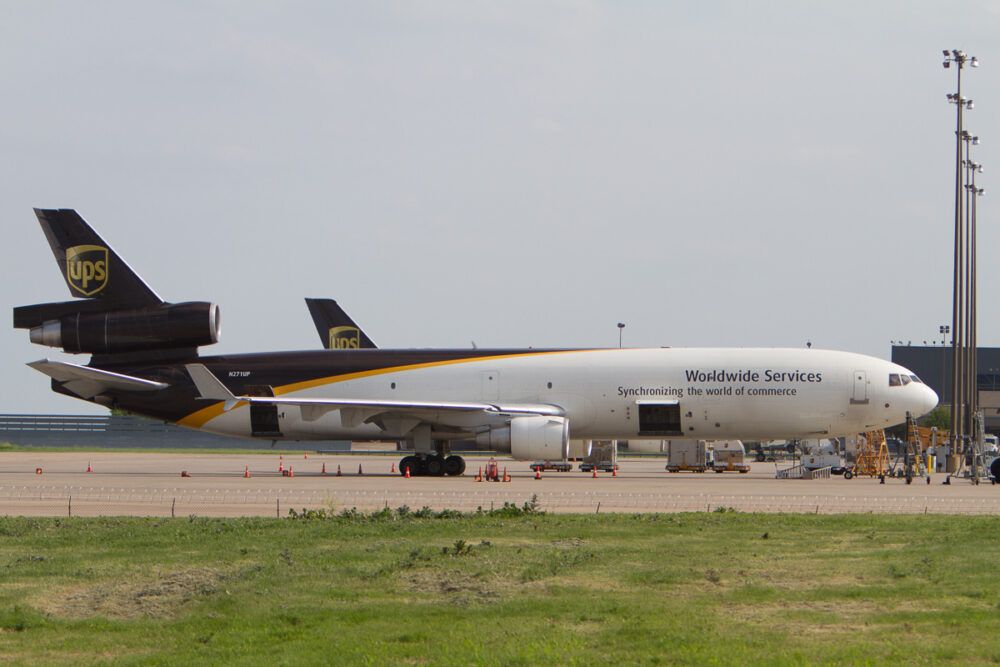The McDonnell Douglas MD-11's production run only lasted less than a decade between 1991 and 2000. Similarly, Japan Airlines' operations with the jet didn't last longer than 10 years. The flag carrier of Japan held the type between 1993 and 2003. Let's take a look at what happened to the company's units.
A change for the new millennium
At the turn of the century, the airline was keen for Boeing's 767 and 777 extended range models to take over its MD-11 operations. Subsequently, it struck a deal with the manufacturer to replace its 10 planes.
"Japan Airlines has reached agreement with Boeing to sell its entire MD-11 fleet of 10 aircraft and to replace them with two 767-300ER aircraft and eight 777-200ER aircraft. The 10 MD-11s will leave the JAL fleet between 2002 and 2004. Replacement of the MD-11s by these new aircraft will help the JAL Group improve cash flow by about 10 billion yen annually," Japan Airlines said in a November 2000 press release seen by Simple Flying.
"Compared to the MD-11, the Boeing 777-200ER has both greater range and seat capacity. Operation costs are almost the same. It is an extended range model that can fly non-stop from Tokyo to the East Coast of the United States or to Europe."
Still going strong
Japan Airlines' MD-11s arrived with registrations JA8580 to JA8589 between November 1993 and March 1997. Moreover, they all have only had one airline since leaving the carrier's facilities between June 2002 and October 2004.
The first to leave was JA8585 and the last to go was JA8582. The sole operator of the planes since their departure from Japan Airlines is UPS.
Notably, all 10 of the jets are still active with the firm today, playing their part in a fleet of 40 MD-11s. They combine with UPS' Airbus A300s, Boeing 747s, Boeing 757s, and Boeing 767s.
Looking back
In total, 200 MD-11s were built. Boeing, which merged with McDonnell Douglas in 1997, highlights the model's developments in aerodynamics, propulsion, aircraft systems, cockpit avionics, and cabin innovations as key factors for its initial popularity.
The widebody has winglets and a redesigned wing trailing edge. It also has a more compact horizontal tail with integral fuel tanks, along with an expanded tailcone. These designs helped to reduce drag while saving fuel and adding range.
Altogether, the MD-11 had a short run of production, but it is a favorite among many aviation enthusiasts across the globe. The trijet stands out when it is spotted at airports, and it is great that it still has a role to play.
What are your thoughts about Japan Airlines' MD-11 operations? Did you ever get to fly on the aircraft during its run with the airline? Let us know what you think of the type in the comment section.



